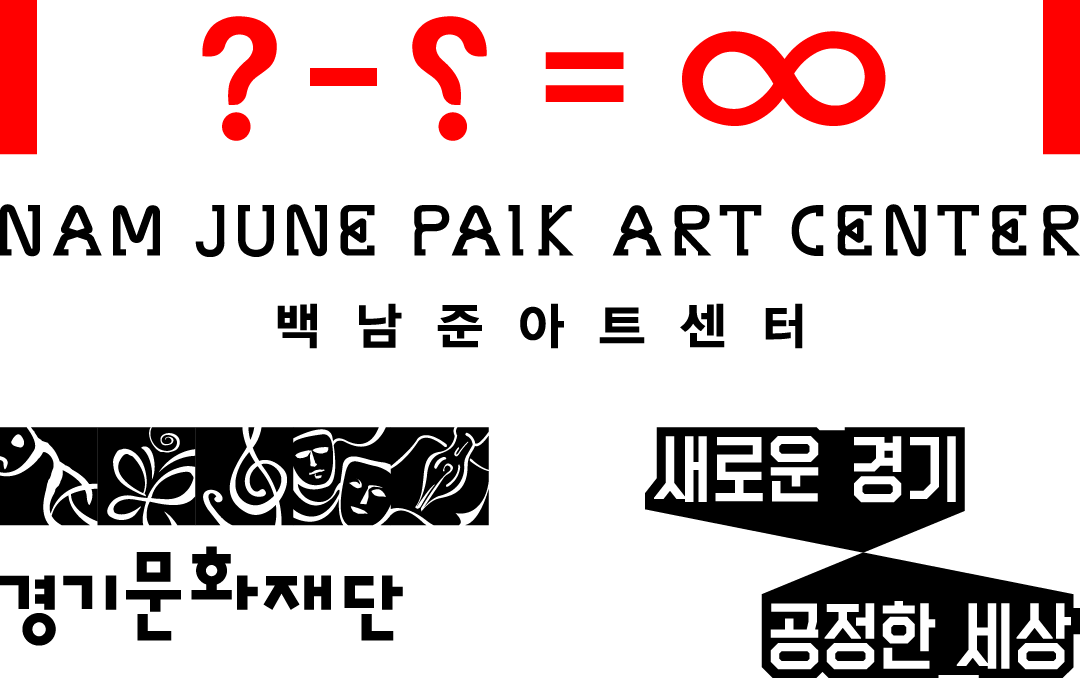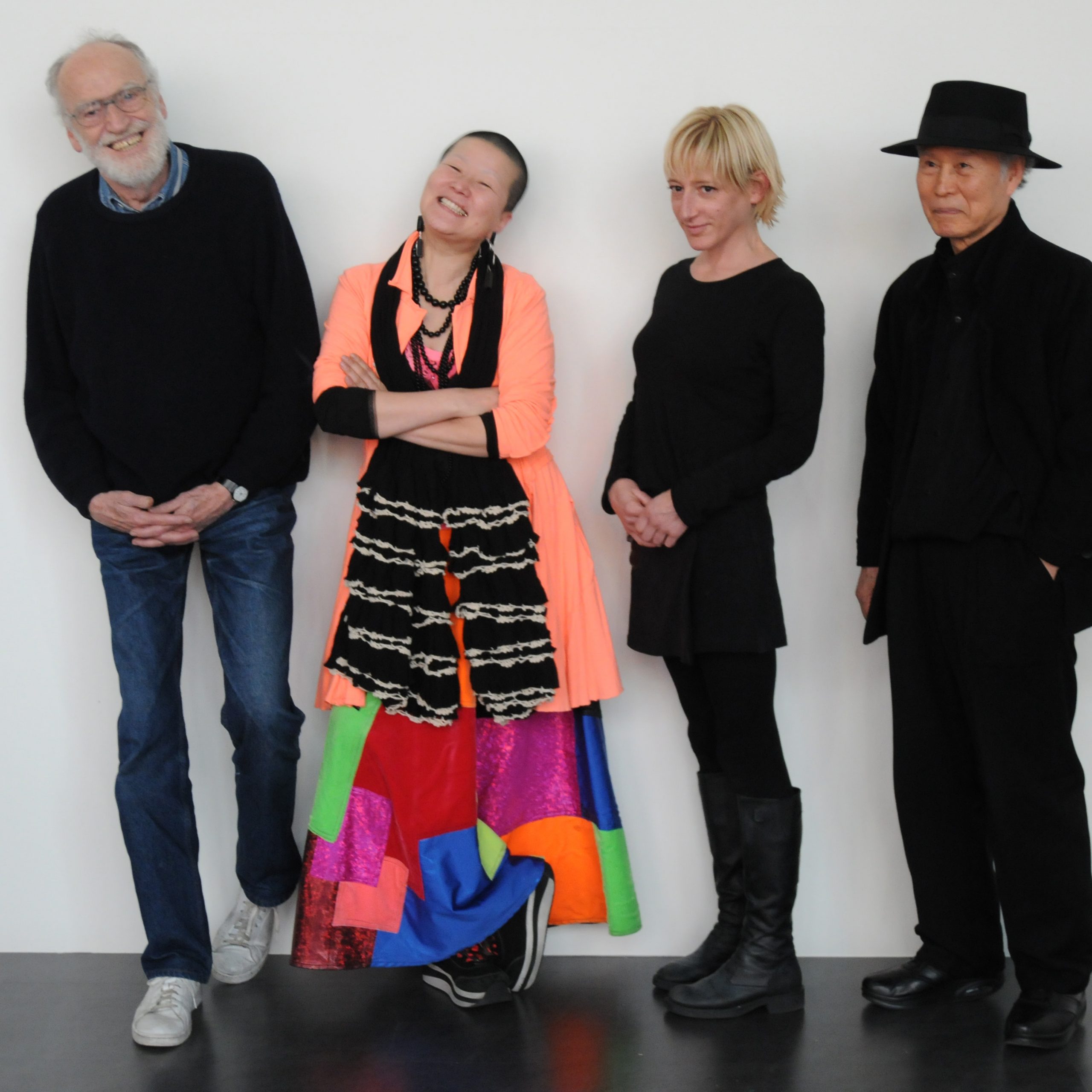
Nam June Paik Art Center Prize Winner
Eun-me Ahn, Seung-taek Lee, Ceal Floyer, and Robert Adrian X
2009
Eun-me Ahn
Eun-me Ahn, a dancer and choreographer, juxtaposes traditional Korean dance and costumes with colorful contemporary aesthetics. Her work is a compelling combination of music, language and dance grounded in her and her company’s dancers’ movement. Having studied in Korea and New York, Ahn is one of the most outstanding and radical choreographers in Asia invited to perform with her company around the world. Her major pieces draw inspiration from traditional, often well known stories, and transform them into modern day dramas – using a combination of colorful costumes, live modern Korean music and dance-theater. For the Nam June Paik Art Prize, Eun-me questioned notions of patriarchical hierarchy, artistic influence, and the traditional roles envisaged for women by positing that she would ‘marry’ marry Nam June Paik. She interpreted the main strands of her practice as a choreographer for the exhibition by creating a series of colorful photographs portraying her in different wedding gowns and surrounded by elements of Nam June Paik’s work that can be found in the museum’s permanent exhibition. The ‘actual wedding ceremony’ took place on the day of the opening of the Nam June Paik Art Center Prize in front of the Center. Recalling Paik’s age at the time of his death, Eun-me installed 74 pianos in front of the Nam June Paik Art Center building. 24 of these pianos were suspended from big cranes. In an elaborate performance, dancers and musicians from her company introduced the performance before Eun-me, in a white wedding dress made entirely of men’s neckties, appeared. Cutting the ties of her dress, homage to Paik’s famous 1962 performance where he cut John Cage’s tie, Eun-me danced through the crowd before flying above them. Suspended in the air she symbolically tried to destroy a piano with an ax before cutting the cords that attached it to the crane so that it came crashing down and splintered into hundreds of pieces as the grand finale of this outspoken performance.
Seung-taek Lee
Seung-taek Lee’s innovative and diverse practice questions established political, social and artistic values through work that pushes the boundaries of art and culture in a highly individual assimilation of cultural discourses associated to modernity. Since the end of the 1950’s Lee has produced sculptures, paintings and environmental works that are highly unique in the Korean context but fit perfectly into a modern or contemporary art history, constantly questioning and re-inventing his own style and forms. Using materials as diverse as fire, smog, wind, hair, stones or even money, Lee has continuously extended his practice by critically questioning the status quo. This permanent questioning of the given has produced works that are often ephemeral and have only survived in photographs. For the first time, this exhibition brings together Lee’s paintings and objects with a presentation of his extraordinary large scale nature environments and performances and a new large-scale wall work created especially for this exhibition.
Ceal Floyer
Ceal Floyer combines everyday materials to play on the interaction between perception and expectation. Her work often translates into minimal multimedia pieces that inquire about the physical and conceptual spaces of art. Floyer combines objects and language/titles in a uniquely pointed way, maximizing the use of reduction to challenge the notion of the object as an art object. Her works play with everyday objects that are, often by way of projection, re-presented in different ways. A slide of a domestic light switch is projected on a wall (Light Switch) or the plug of a drill machine is inserted into two holes in the wall drilled with the same machine (Drill). Floyer’s work may initially seem like a simple one-liner, yet on the second glance it questions our perception of the reception of art and language – as well as challenges the idea of the display of art works in exhibitions.
Robert Adrian X
Robert Adrian X has been working on installations, music and radio projects, as well as interventions in public space since 1957. From 1979, he pioneered work in the telecommunication field and was one of the first artists to work with the global electronic networks that preceded the Internet. Adrian X’s early installations with surveillance videos as well as projects like his website Art and Politics have shown the conceptual potentialities in the politicization of contemporary art. In other works, like his Modern Art series or his self-built Seascape boats, Adrian X questions the validity of (post) modern works as well as the value of the art product. For the exhibition at the Nam June Paik Art Center focus was concentrated on his more critical work like his Surveillance piece from 1984, a subject Adrian X worked on long before it became a buzz in the art scene. His Green Room, a light and sound installation that resonates in the audience’s body, is a direct comment on the Iraq war, at the outbreak of which it was first installed. Two installations, Modern Art I and IV, express an almost sarcastic view towards the art (market) production while highlighting the non-commercial and technology based practice the artist dedicated himself to developing. Adrian X’s DIY approach, which he used in the works produced for (art) galleries as well as in his telephone/fax/slow-scan Happenings, are a classic mix of specialized knowledge and a hands on approach.
“For this year’s inaugural prize we were hoping to select creative individuals who, like Nam June Paik, have been steadily pursuing their activities through a fusion of media and concepts that operates politically by refusing certainties in favour of the complex and ambivalent” Nam June Paik Art Center Director Youngchul Lee explains. “Impressively, although the artist’s work in diverse fields and media, the underlying edginess we had been hoping for is present in their practices and underpins how their works fit remarkably well together and with the legacy of Nam June Paik.”
Nomination and Jury Committee
Barbara Vanderlinden (Independent Curator, Founder of Brussels Biennial, Brussels)
Choi, Jung-wha (Artist, Director of Gasum Visual Development Laboratory, Korea)
Doryun Chung (Associate Curator, Museum of Modern Art, New York)
Hank Bull (Executive Director at Centre A, Vancouver)
Hong, Sung-Min (Artist, Professor at Kaywon School of Art and Design, Korea)
Kim, Mi-Kyung (Professor at Kangnam University, Korea)
Lim, Geun-Jun (Art Critic, Korea)
Tetsuo Kogawa (Artst, Professor of Keizai University, Tokyo)
Udo Kittelmann (Director, National Gallery, Berlin)
Ceremony
28 November 2009
5pm Ceremony
Seminar Room, Gallery 2, Nam June Paik Art Center
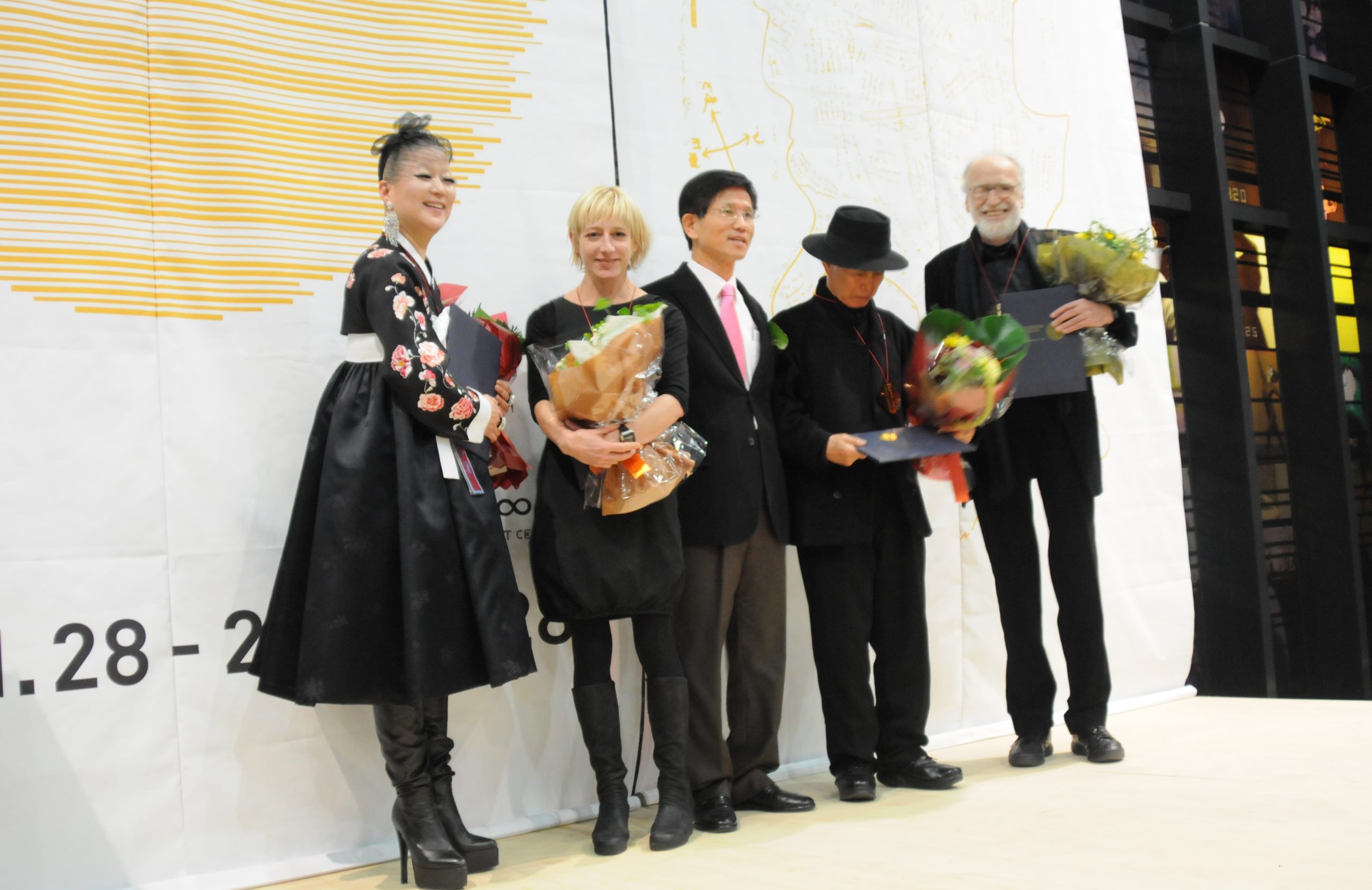
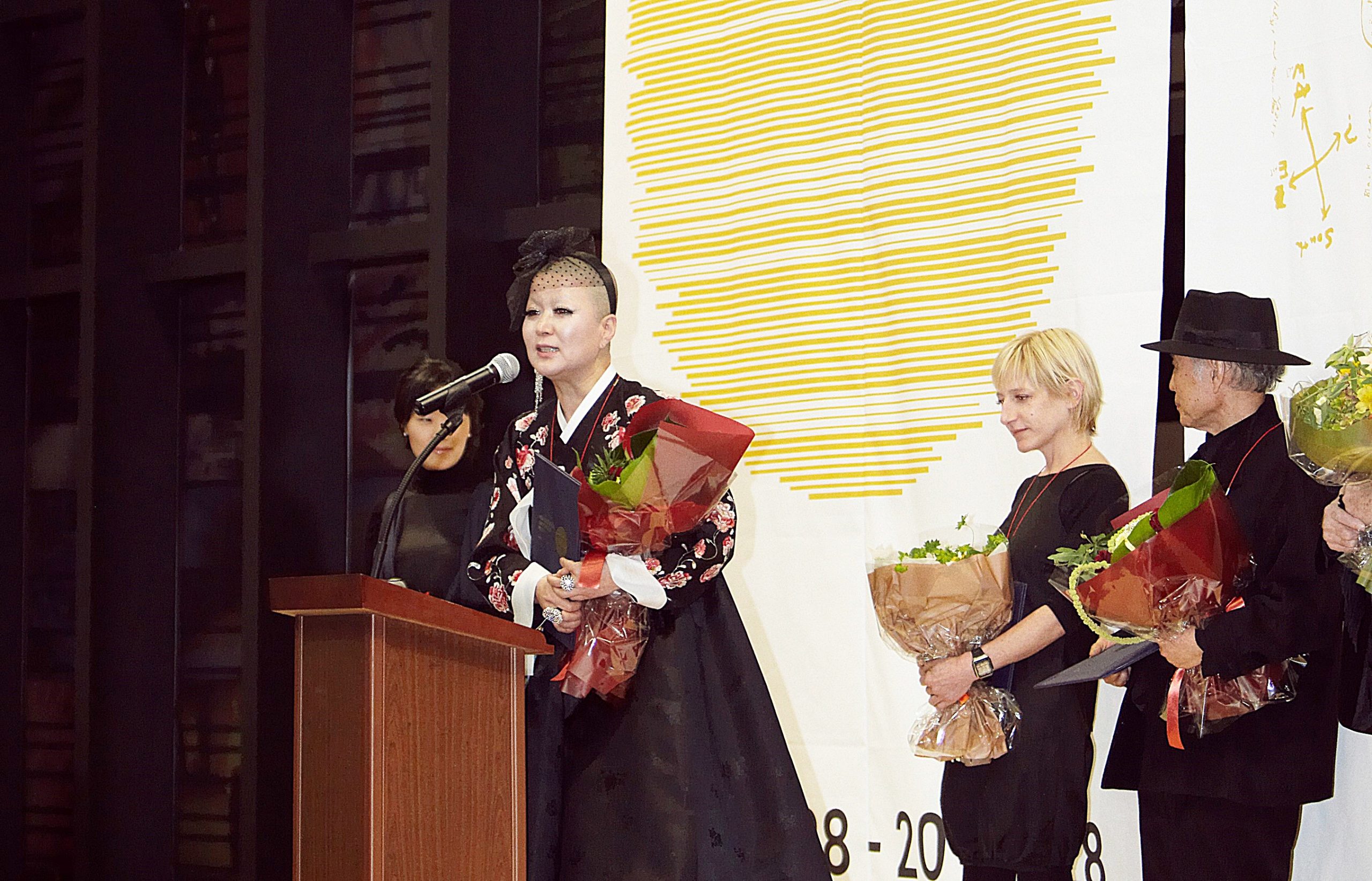
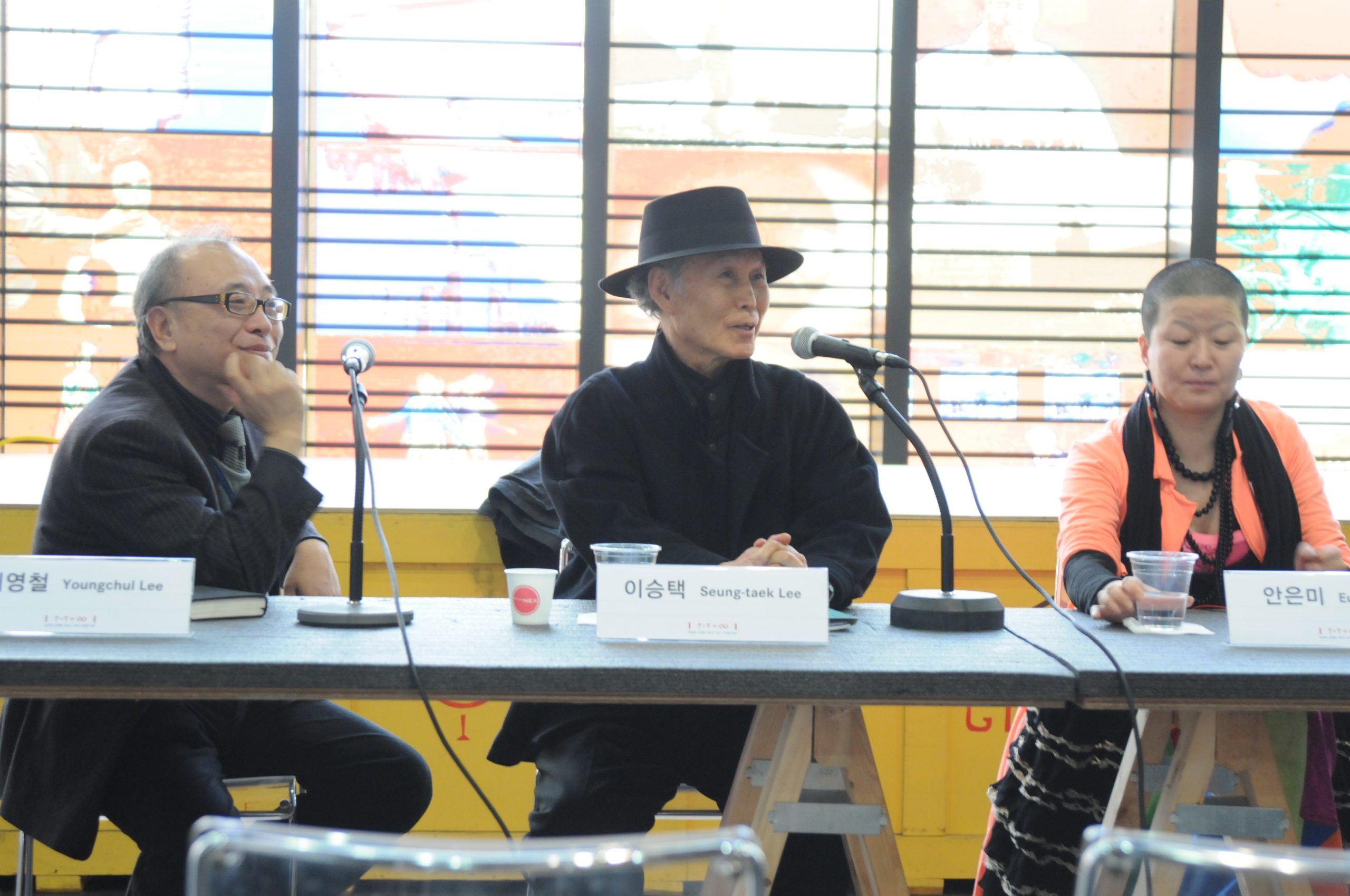
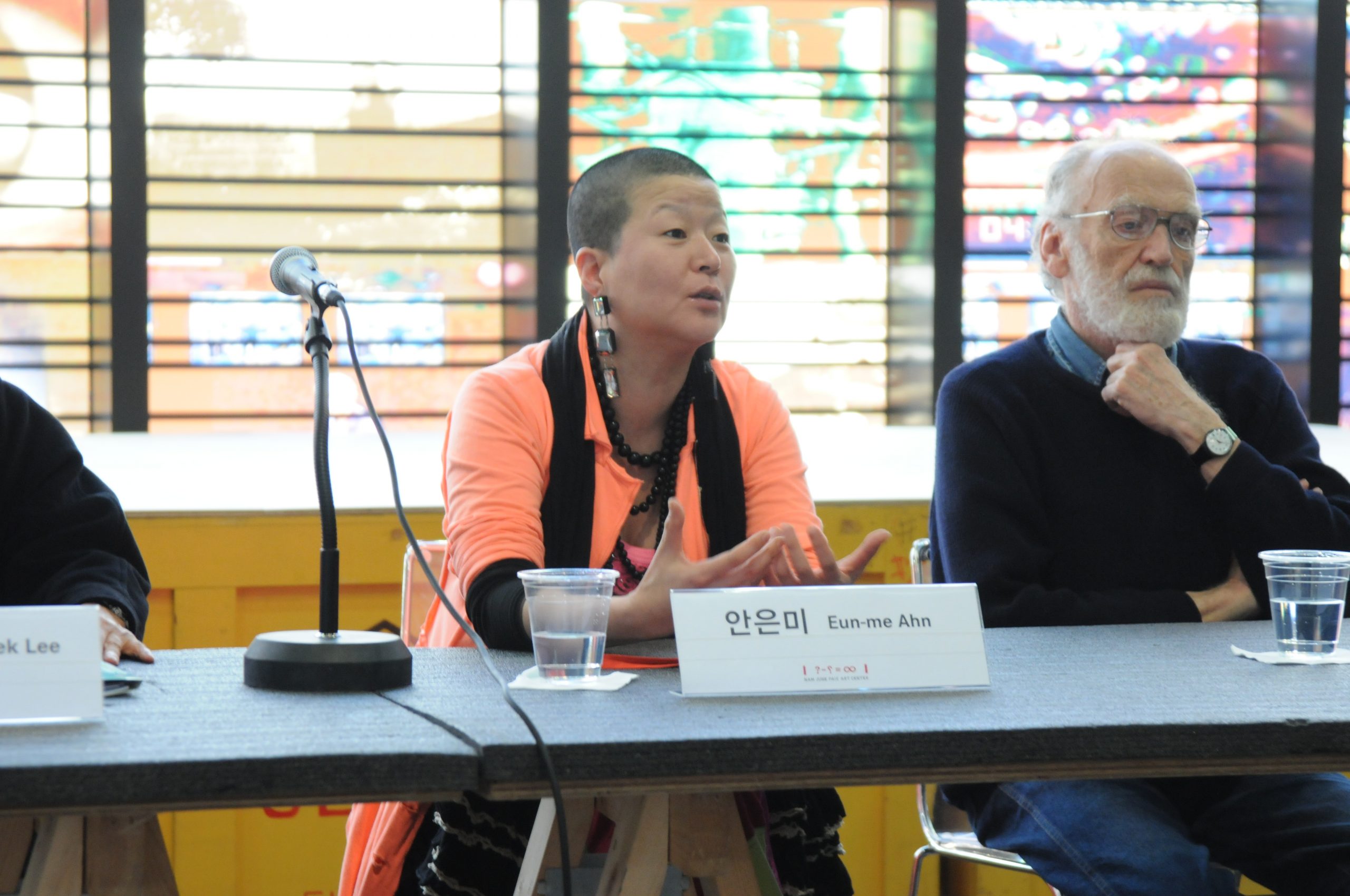
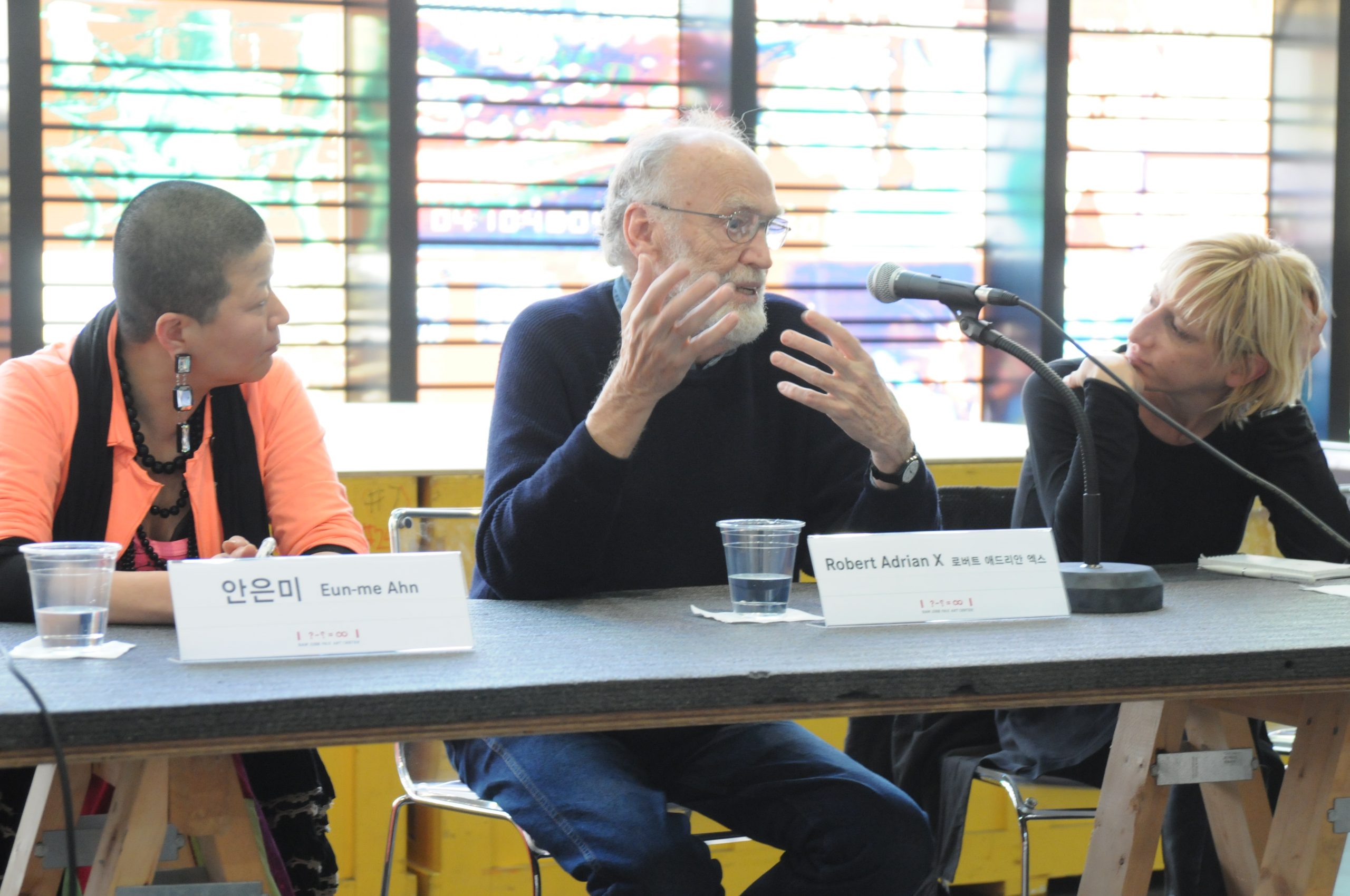
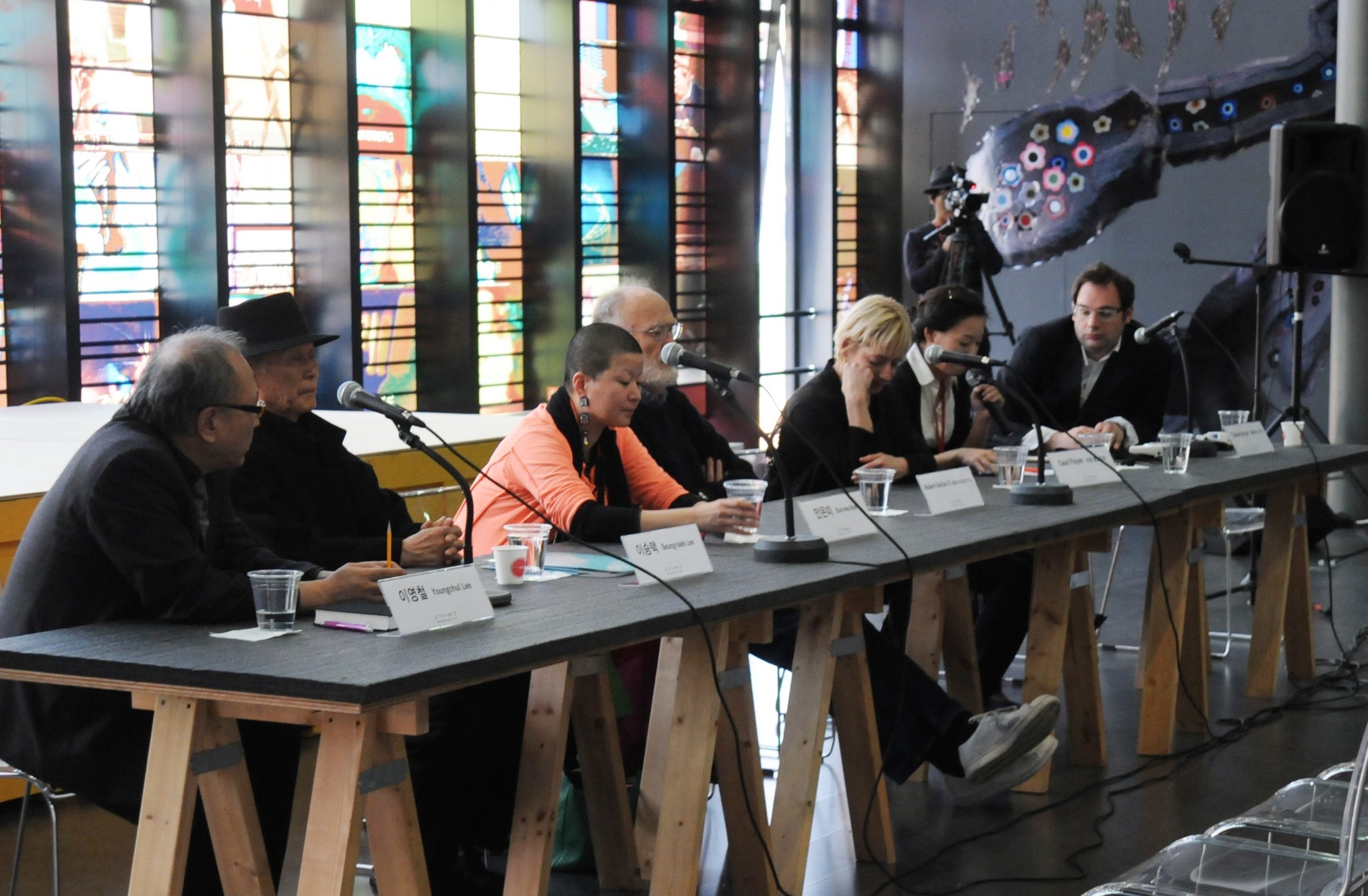
Related









